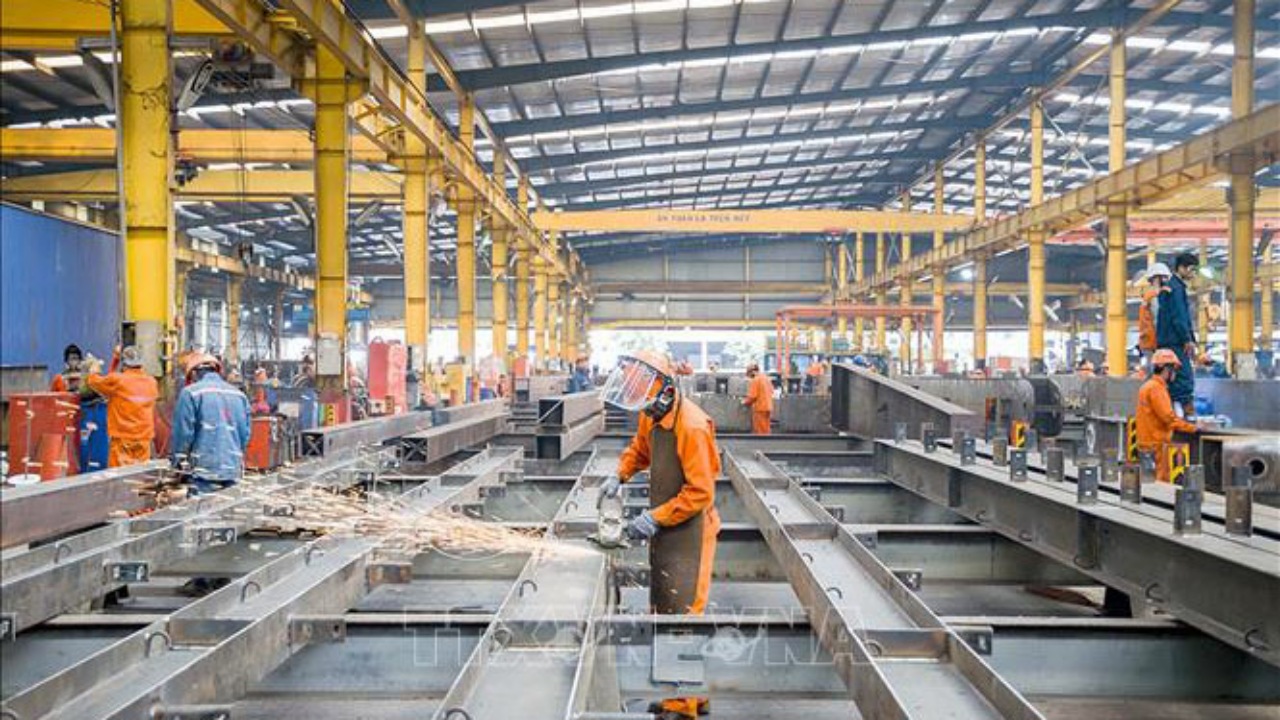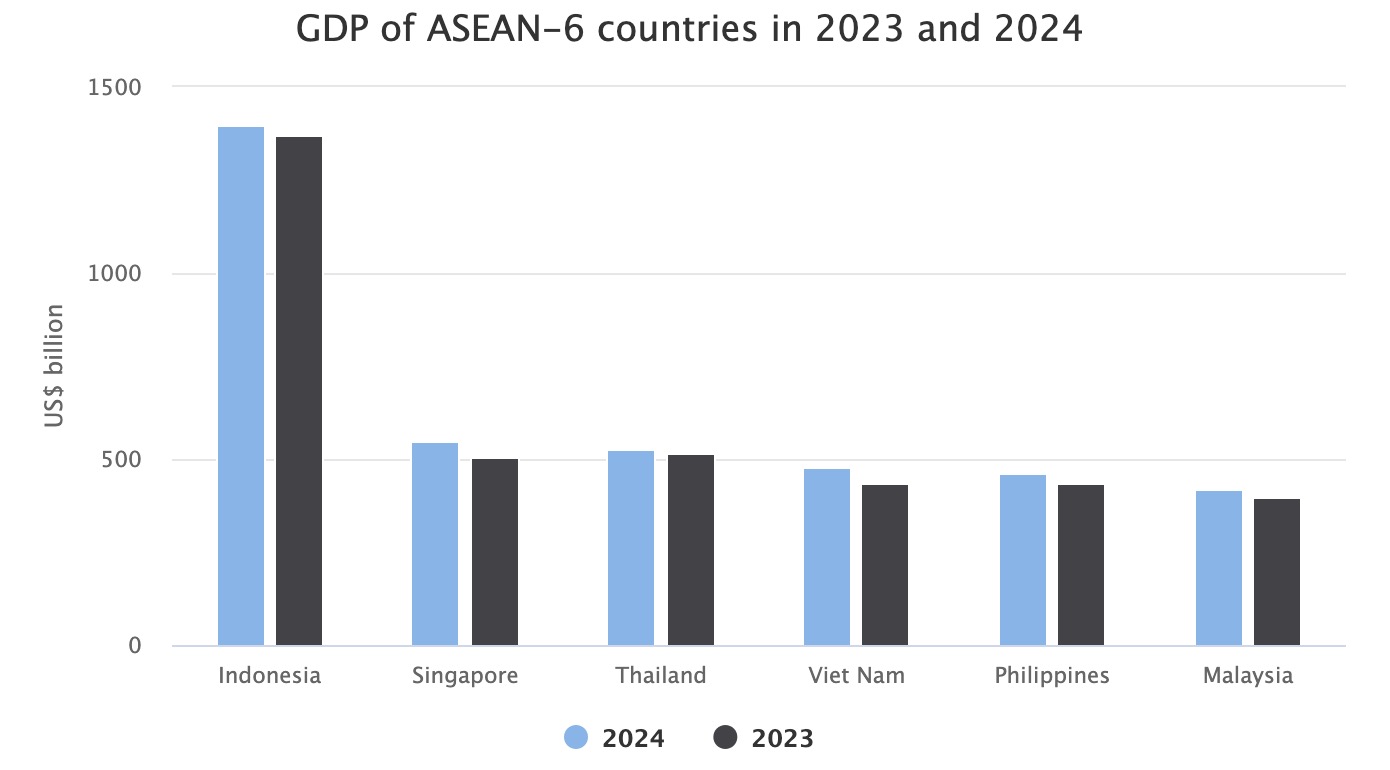The Vietnamese manufacturing sector got back to growth in April, with a solid expansion in new orders, according to the S&P Global Vietnam Manufacturing Purchasing Managers’ Index (PMI).
The PMI increased to 50.3 in April from 49.9 in March, a slight improvement in sector health for the third time in four months. This growth was driven by a solid expansion in new orders, fueled by improved market demand and securing new customers.
While new export orders also grew slightly, the pace was softer compared to total new business. To attract customers amidst rising input costs, particularly in oil, shipping, and sugar, manufacturers offered discounts.
Although production increased marginally, firms reduced employment for the first time in three months, impacting order completion times. Backlogs of work rose, reflecting the challenge in meeting demand with reduced staff.
“There was a welcome return to growth of new orders in the Vietnamese manufacturing sector in April following recent weakness,” said Andrew Harker, economics director at S&P Global Market Intelligence.
He noted that the rebound in new orders may have caught firms by surprise, leading to a build-up of backlogs as they had previously released workers due to muted demand conditions.
Purchasing activity improved slightly in response to higher new orders, but inventory levels continued to decrease for the eighth consecutive month. Despite stable supplier delivery times, market instability contributed to a decline in business confidence.
However, there were positive signs as supplier delivery times remained unchanged in April, ending a three-month sequence of lengthening lead times. Some firms indicated that sufficient stock holdings at suppliers enabled them to expedite deliveries.
Recent market instability led to a drop in confidence, with sentiment down to a three-month low. Harker expressed hope for a more stable environment ahead, aiding manufacturers in production planning and resourcing.
“We will hopefully see a more stable environment in the months ahead, helping manufacturers to plan production and resourcing effectively,” said Harker




